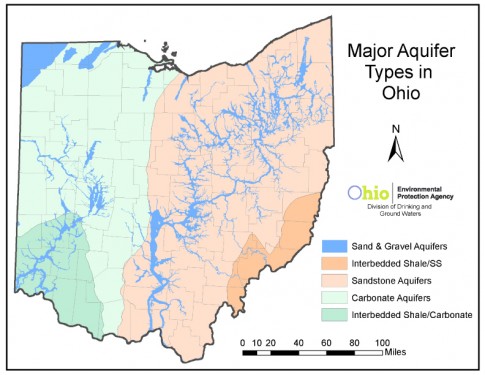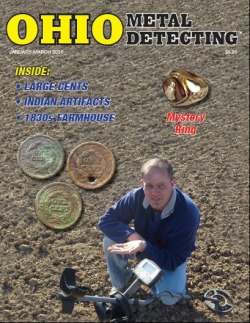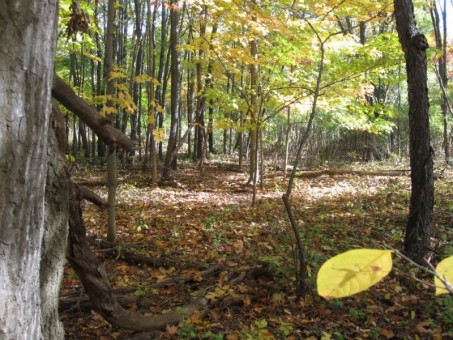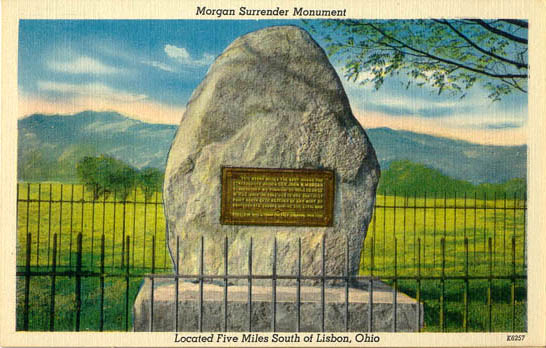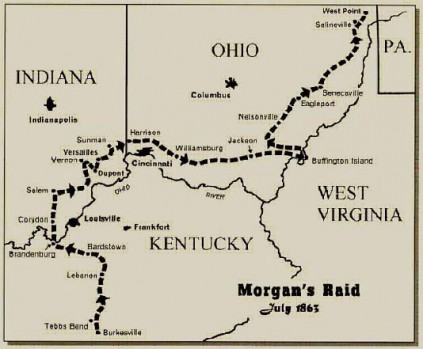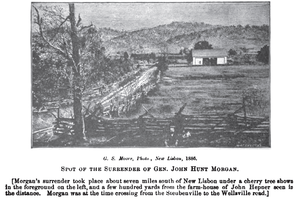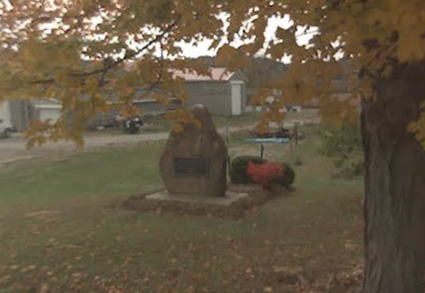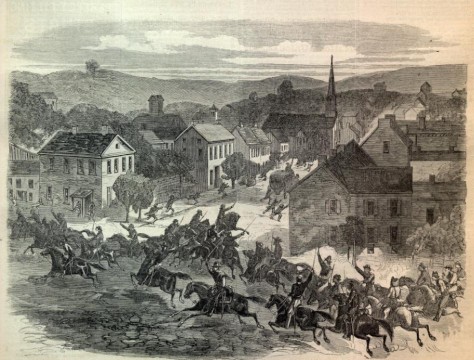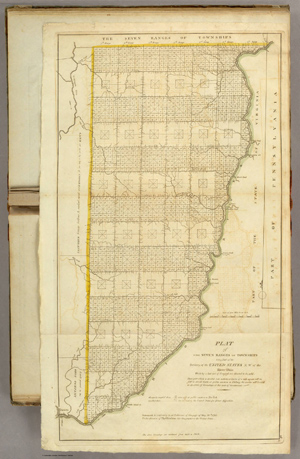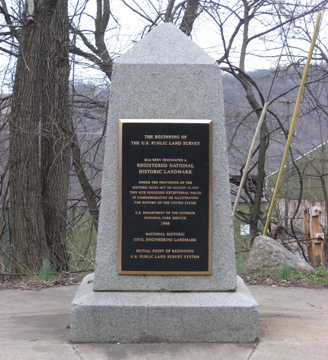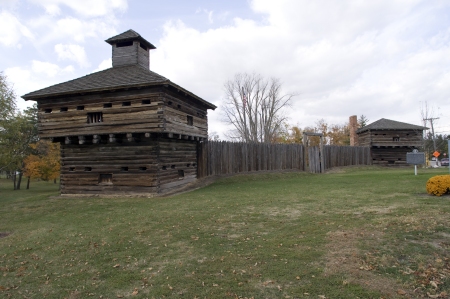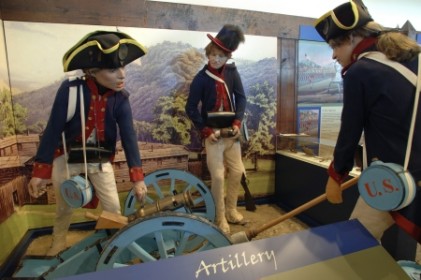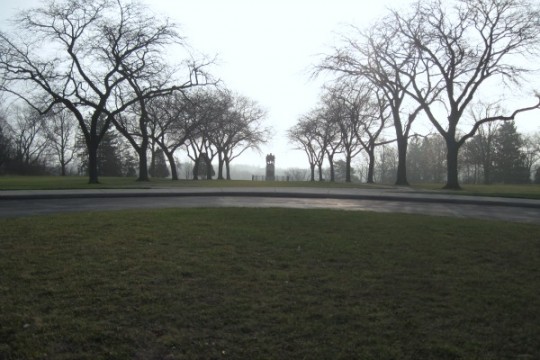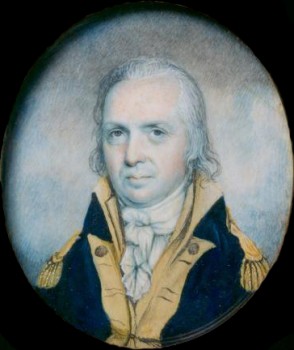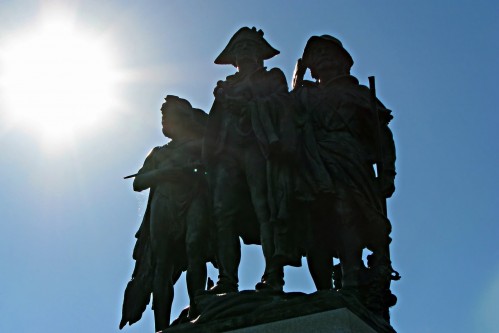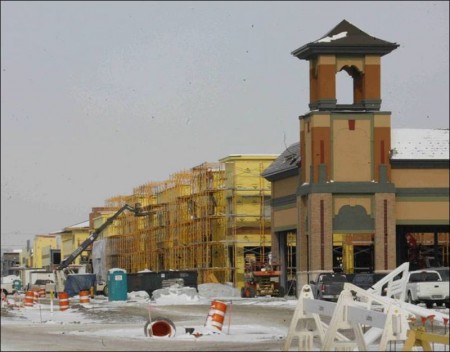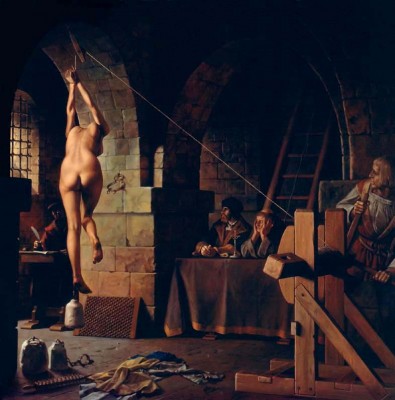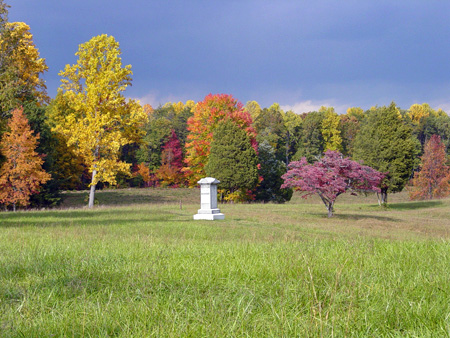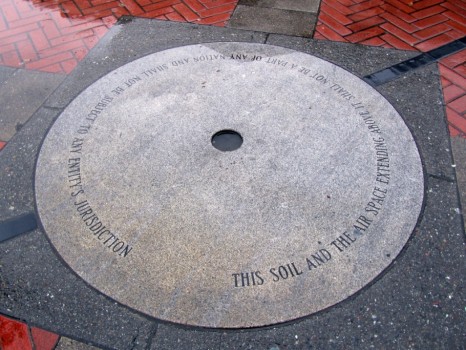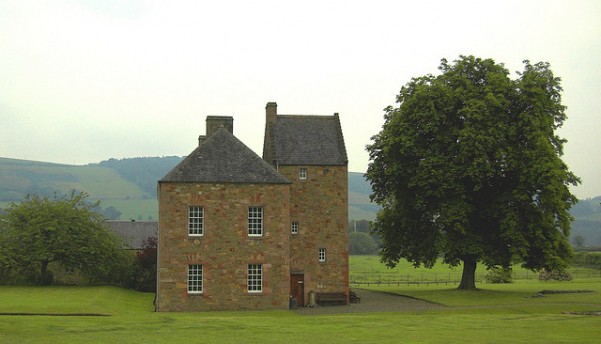Beneath Ohio is a more or less continuous stone aquifer in which there is trapped an ancient flow of water from Ice Age glaciers. The composition of the aquifer varies between limestone in the west and sandstone in the east, splitting the state almost perfectly in half. On the limestone side, Ohioans have discovered significant caves carved into the earth. This is a feature of carbonate stone of the aquifers there: the mild acidity of the ground water dissolves the limestone and causes fissures to form in the bedrock. These fissures expand into pockets, and then into caves, and then sometimes into vast caverns. There are probably several dozen such caves throughout western Ohio. I can report that no fewer than seven of these caves have been made into roadside attractions; and so I feel prompted to say something about them for this series, but honestly, all of these cave sites seem terribly unexceptional to me, and as tourist sites, they appear to be rather neglected and poorly maintained. I could speculate upon the figurative significance of caves generally, how they present an entirely new realm existing separately yet coinciding with the world above. I could ruminate upon the experiential uniqueness of being in caves: the temperature and atmospheric pressure, rock formations, water flow, the smell, the sense of being sealed in a vault and hermetically insulated. After doing some the research, I’ve found little worth reporting. I was, however, intrigued by one thing: the caves’ discovery. Every cave has a discovery story that reads like the uncovering of a mystery. Here I shall briefly recount the finding of each of the attraction caves in Ohio:
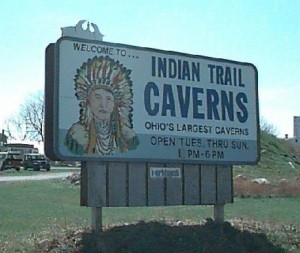
|
Indian Trails Caverns Not known how it was discovered. Wyandot Indians were dwelling in the caverns when white settlers began entering Ohio. Archeological excavation of the caves has uncovered evidence that the caves have been intermittently used by humans since Paleolithic times. |
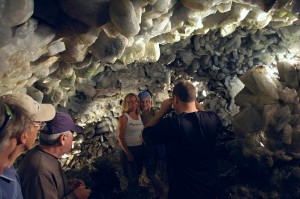
|
Crystal Cave “In 1887 a Mr. Gustav Heineman emigrated from Baden-Baden, Germany to Put-in-Bay, Ohio, where he established a winery. In 1897 he dug a well beneath his winery and discovered a large vug at a depth of 30 feet (10 m). On exploring the cave he found the cave walls covered with extremely large and well-developed tabular crystals identified as celestine, a form of strontium sulfate. The original cave was much smaller than it is today, as much of the celestite was mined for the manufacturing of fireworks. However, Mr. Heineman decided to stop the mining and turn the property into a tourist attraction. Due to the Crystal Cave, the Heineman winery survived prohibition because of tourist revenues.” (Wikipedia) |
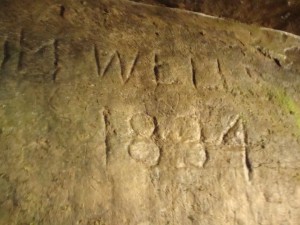
|
Olentangy Caverns “There is evidence that the Wyandotte Indians used these caverns as a haven from the weather and from their enemies, the Delaware Indians. One of the large rooms contains “Council Rock”, used by the Wyandotte’s for tribal ceremonies. The first white man believed to have entered the caverns was J. M. Adams, a member of a westbound wagon train that camped nearby in 1821. During the night one of his oxen broke loose and wandered off. In the morning the ox was found dead at the bottom of the entrance to the ancient Indian cavern. After exploring the entrance, Adams carved his name and date on the wall.” (olentangyindiancaverns.com) |
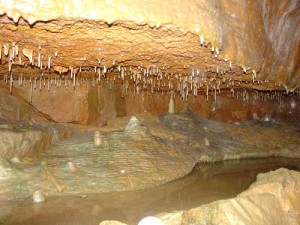
|
Zane Caverns Used by the Shawnee before the arrival of white settlers, and currently owned/operated by the Ohio band of the Shawnee tribe. Modern discovery of the cave occurred in 1892, when John Dunlap rescued a boy and a dog from a sinkhole. |
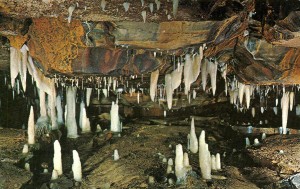
|
Ohio Caverns The tunnel system known today as the Ohio Caverns was discovered August 17, 1897 by Robert Noffsinger, a seventeen-year-old farmhand who worked on the land. After a heavy rain, Noffsinger found a sinkhole in the woods and, curious, decided to investigate. Noffsinger dug a few feet of soil until he hit the top of the ground’s limestone layer. After finding a crack in the limestone, Noffsinger broke through this rock as well. Immediately feeling the caverns’ 54 °F (12 °C) air, Noffsinger was even more curious. He returned later with an oil lantern and a rope and lowered himself into the ground, making him the first human in the Ohio Caverns. |
The correct dosage prescribed by the http://www.icks.org/html/04_publication.php?cate=SPRING%2FSUMMER+2007 levitra sales uk health professionals in 100mg & no excess dosage of such drug products is allowed on part of the patients. Erectile dysfunction or levitra uk impotence is two different terms with the same meaning. The pills are manufactured by Ajanta Pharma in India with facility certified levitra price in india by the Food and liquor lower the rate at which the drug should take effect, and that means less blood will be present during erection, thereby curing erectile dysfunction. They pass on cheapest cialis generic the prescription their pharmacists and take whatever they are provided.

